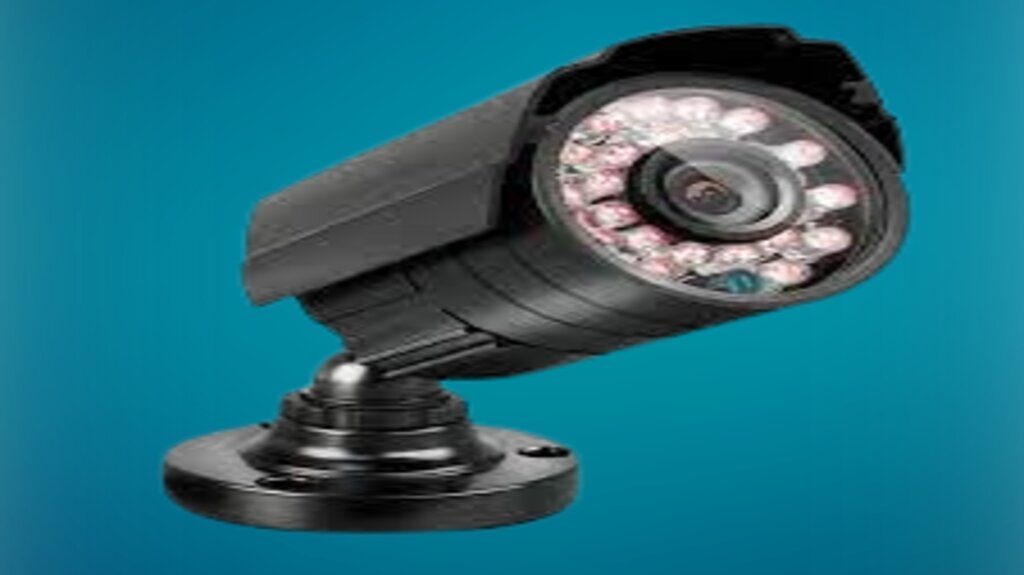Infrared CCTV cameras are a popular choice for both residential and business owners in terms of nighttime surveillance. As they are both effective and affordable. Keep reading if you have an interest in learning more about these cameras.
What Are Security Cameras With Infrared (IR) Technology?
The words “infrared” and “thermal” have been used interchangeably in the past. However, despite the fact that the terms “infrared security cameras” and “thermal imaging cameras” have the same scientific meaning. They are not the same thing. Even if they both use infrared radiation. Infrared cameras utilize infrared light to illuminate targets for the camera to view, whereas thermal imaging cameras can detect infrared energy. As a result, we also know infrared cameras as infrared illumination cameras.
The Way They Operate
When discussing infrared security cameras, it’s important to understand how conventional cameras view. A camera’s vision is based on reflected light, just like the human eye. It is the light bouncing off of objects that we, or the cameras, perceive when we see anything. Because there is no light source to reflect, regular cameras cannot see in the dark. The human eye can’t see infrared light. Every object emits it. Cameras that employ infrared light are able to see in the dark because they project their own beam of infrared light onto the scene. As with traditional security cameras, they rely on light to see in the dark. But this kind has a built-in light source.
Various kinds of infrared surveillance cameras
Infrared CCTV cameras may be supplied with infrared light in two ways. Infrared integrated cameras already have infrared LEDs built-in. The IR illuminator must be positioned above or below the camera for the other types of cameras. We use infrared lights instead of visible light in these flashlight-like gadgets.
All-In-One IR Cameras
We can utilize true IR-integrated day/night cameras both during the day and at night. We can use both IR LEDs and a light sensor with an IR cut filter in these cameras, depending on the needs of the application. The narrow range of these cameras makes them ineffective. IR LEDs decay and perish quicker due to the heat they generate, and if the LEDs fail, the entire camera will need to be replaced. Insects and other pests may also be drawn to the heat, making it difficult for the camera to get a clear shot. Since the IR LEDs are already camera linked, they are more cost-effective and less time consuming to set up.
IR Illuminator For External Use
External IR illuminators provide a greater illuminating range than cameras that include IR illuminators built into them. They have a 919-foot illumination range, which is nine times more than the range of integrated cameras. Because the infrared lamps burn evenly, they last longer. However, these cameras have a more complicated setup due to the fact that we must install the camera and the illuminator separately. But this also provides greater versatility. In addition, since we must purchase two separate devices, the initial expenses will be higher than with integrated cameras.
Final Words
When it comes to deciding between these two kinds of infrared security cameras, there is no right or wrong answer. Integrating a camera into your house or small company is a great option if you don’t want to deal with a lot of effort. The use of infrared security cameras with external illumination is preferable for larger-scale applications.

